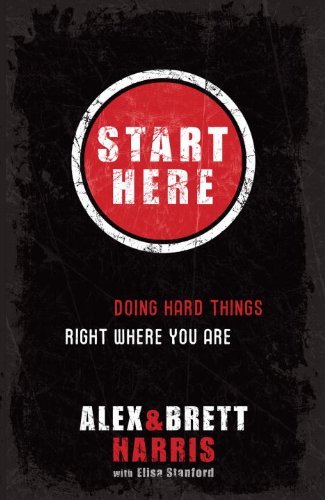
Chapter One: You have the power to change stuff
Book Description
Change isn’t just a dream; it’s a choice that resonates deep within everyone. In "Chapter One: You Have the Power to Change Stuff," Daniel Flynn ignites a fire within, revealing the untapped potential of everyday actions to reshape the world. With gripping anecdotes and a bold message, this book unravels the transformative power of individual decisions and collective impact. Every page pulses with urgency as it challenges the status quo, urging a movement towards innovation and activism. Are you ready to unleash your inner change-maker and join the revolution that can alter the course of history?
Quick Book Summary
"Chapter One: You Have the Power to Change Stuff" by Daniel Flynn is an inspiring manifesto aimed at anyone who dreams of making a meaningful difference. Drawing from his personal journey as a social entrepreneur, Flynn underscores how everyday actions and decisions, when aligned with purpose, spark transformative change. The book dismantles the myth that only a select few possess the means to alter the status quo. Through storytelling and actionable insights, Flynn ignites readers to see change as an attainable choice, not an elusive ideal. He unveils the ripple effects of individual action, challenges comfort zones, and advocates for boldness in the pursuit of innovation and justice. Ultimately, Flynn empowers readers with tools and motivation to embrace their role as change-makers, joining a collective movement that reshapes the world.
Summary of Key Ideas
Table of Contents
Everyone Can Be a Change-Maker
Daniel Flynn’s journey begins with the simple but radical assertion that everyone has the capacity to create change. By recounting his own experience launching a social enterprise from scratch, Flynn illustrates how change starts with the decision to act. He debunks the myth that only those with extraordinary resources or credentials can make an impact, encouraging readers to recognize the value and potential of their unique perspectives and talents.
The Power of Bold Action and Risk
Central to Flynn’s message is the encouragement to take bold risks and embrace discomfort. Throughout his personal narrative, he details moments of uncertainty and risk that led to significant breakthroughs. Flynn suggests that safety and comfort often conspire to keep people stationary. By stepping outside of entrenched routines and taking calculated risks, individuals discover new pathways to impact and innovation—sometimes, the greatest leaps forward come from the boldest actions.
Challenging Limiting Beliefs and Status Quo
Flynn challenges readers to question the status quo and confront self-imposed limitations. The world, he argues, is shaped not by passive acceptance but by those willing to ask “why not?” Instead of waiting for systems or authorities to signal change, readers are exhorted to initiate it themselves. Flynn’s own story exemplifies this as he faces skepticism and numerous obstacles, undeterred by naysayers who insist that change is impossible.
Collective Impact and Community
The book emphasizes the importance of connection and collective effort in driving sustainable transformation. Flynn explores how grassroots movements and the mutual support of like-minded individuals can amplify impact beyond the abilities of any single person. He urges readers to build alliances, gather allies, and collaborate, reinforcing the idea that change is a team sport and meaningful progress is rooted in community.
Turning Ideas into Purposeful Action
Finally, Flynn moves from inspiration to practical action, guiding readers to turn their ideas into reality. He offers actionable advice for moving from concept to execution, regardless of background or expertise. Drawing from lessons learned in his own entrepreneurial efforts, Flynn lays out the first steps readers can take toward social change. His narrative affirms that significant movements start with small, committed decisions and ordinary individuals daring to believe they have the power to change stuff.
Download This Summary
Get a free PDF of this summary instantly — no email required.





